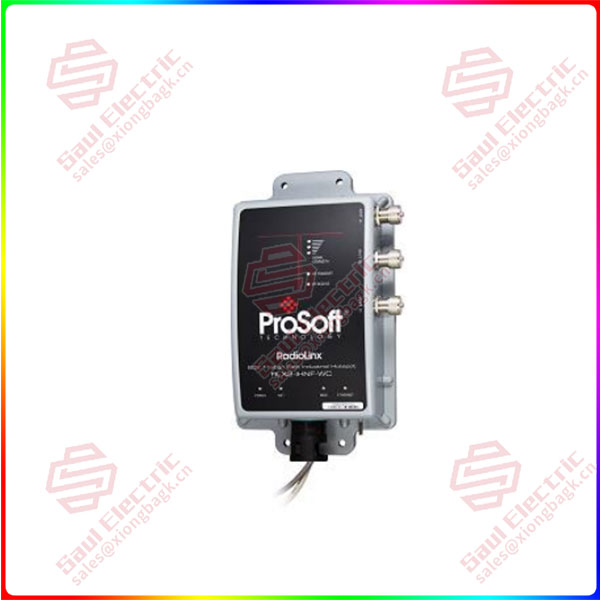The lack of industrial spirit and manufacturing civilization has become a major pain point hindering the transformation and upgrading of “Made in China”. To cultivate the manufacturing civilization with Chinese characteristics requires the joint efforts of the government, enterprises and society.
Faced with the coexistence of various contradictions and the interweaving of multiple forms, “Made in China” still occupies an active position in the global pattern – this is the conclusion obtained after the researchers of Outlook Think Tank interviewed more than 100 experts, scholars and business leaders in Shanghai, Zhejiang, Fujian and other manufacturing provinces. However, this does not mean that the transformation and upgrading of “made in China” will be a smooth road. One point that cannot be ignored is that the current image of cheap and low-quality Chinese products has not fundamentally changed, and the phenomenon of Chinese enterprises chasing short-term interests still exists.
These problems poke the pain point of “Made in China” – many of the current troubles facing China’s manufacturing industry are related to the lack of industrial spirit and manufacturing civilization.
Management scholars bluntly say that in the transition from agriculture to industrialization, the Chinese went too fast and did not pay enough attention to the industrial spirit that is crucial to industrialization. The important driving force of Western industrial society is its industrial civilization, and China has not yet formed an industrial civilization in a strict sense.
From “will” to “pay attention”, this is a hurdle that Chinese enterprises must step forward to build a century-old store. With the acceleration of the transformation of Chinese manufacturing to Chinese creation, Chinese speed to Chinese quality, Chinese products to Chinese brands, refining the cultural essence of Chinese manufacturing and cultivating the manufacturing civilization with Chinese characteristics has become a top priority for China’s manufacturing industry to move from a big country to a strong country.
First, manufacturing is in urgent need of a new value and spirit.
What is the difference between “Made in China” and the world’s advanced level?

RLX2-IHNF-WC
In the view of the business community, in addition to tangible factors such as technology, quality, and brand, some intangible pressures are more troubling to them.
First of all, “mobile” craftsmen cannot support “iron” enterprises. For example, in Yingguang Company in Jinjiang City, Fujian Province, before the Spring Festival, some migrant workers asked to return home early, resulting in a delay in the delivery of a batch of shoes and a loss of 90,000 yuan. After the Spring Festival, the monthly salary was raised from 2,400 yuan last year to 2,600 yuan, and only one-third of the more than 200 workers returned, and the rest had to be re-recruited. The general manager complained persistently: “There is a saying called ‘the army of iron camp water’, but for the enterprise, this phenomenon is a big trouble.” Other companies feel the same way, said the chairman of a company in Fujian, Jinjiang migrant workers have more than 1 million, many migrant workers come and go, even stable production can not be guaranteed, what is the cultivation of excellence craftsman spirit?
Different from the past, the eighth and ninth grade workers in the planned economy period were very much worshipped by the society. Today, the status of first-line technicians is much harder than that. Some entrepreneurs remind that how to cultivate more quantity, higher quality, willing to participate in the manufacturing industry of skilled talents, need to be paid more attention.
Second, the concept of “making quick money” cannot build a century-old store. Suzhou Nexun High Energy Semiconductor Company has created a new situation in the application of gallium nitride, leading China’s semiconductor industry to the third generation, but the company’s chairman Zhang Naiqian is not “happy”. “When I came back to China to start a business for eight years, my relatives and friends often asked me how much money I had earned. In their view, success is only achieved if you earn a lot of money.” Zhang Naiqian believes that building a century-old store needs to be focused and deep cultivation, but many companies think that making money is the most important, real estate hot, Internet hot, stock market hot so that a lot of money “out of real to virtual”, is not conducive to the healthy development of manufacturing.
Business people put forward: many companies always want to be big, rather than doing fine, the ‘change’ when the ‘transformation’, how can this thinking make the manufacturing industry strong?
Moreover, the “cheap and low-quality” image is expected to be fundamentally changed. Many business leaders believe that made in China has created a legend of “good quality and low price”, but the rough imitation, copying and imitation make Chinese products on the back of the “cheap and low quality” reputation, which not only affects the positioning and view of foreign consumers on Chinese products, but also makes domestic consumers lack confidence in local brands. The fact that Chinese consumers went to Japan to buy toilet seats at the beginning of this year has hit the pain point of Chinese manufacturing.
The view of some entrepreneurs is that: from the equipment manufacturing industry represented by high-speed rail and electrical equipment, to the technology enterprises represented by Huawei and ZTE, and then to the home appliance brands represented by Gree and Haier, China’s manufacturing is switching from the model of “foundry + low price” to the model of “core technology, human nature design, brand building”. In this process, it is particularly urgent to reshape the value and spirit of made in China.
 1 Year Warranty
1 Year Warranty




